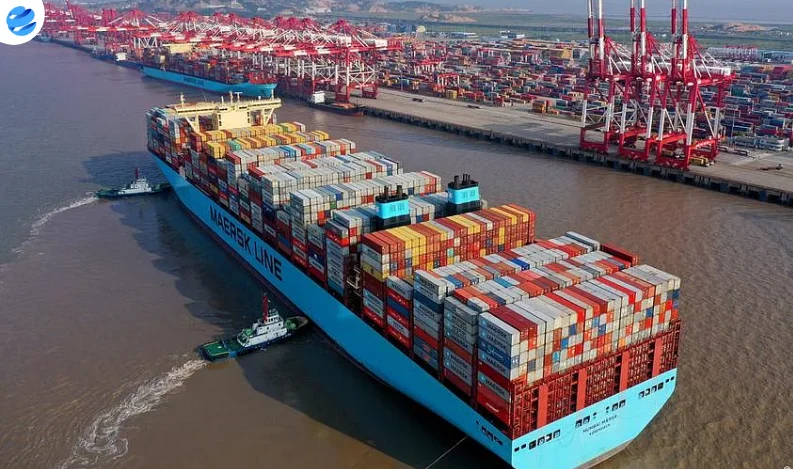China’s export sector outperformed expectations in June, rising 5.8% year-on-year in U.S. dollar terms, as companies pushed shipments ahead of looming tariff deadlines. Imports, meanwhile, posted their first increase of the year, signaling a potential bottoming out in domestic demand.
According to data released by China’s General Administration of Customs on Monday, exports exceeded Reuters’ forecast of a 5% gain, while imports edged up 1.1%, slightly below the projected 1.3% rise. Despite the miss, the import uptick ends a months-long contraction trend.
For the first half of 2025, exports rose 5.9%, while imports declined 3.9%, resulting in a trade surplus of $585.96 billion, up nearly 35% from the same period last year.
Tariff Pressure Driving Export Surge
Analysts attribute the export momentum to a rush by Chinese businesses to take advantage of a 90-day tariff reprieve brokered in Switzerland in May. The temporary truce, set to expire on August 12, followed earlier tensions marked by Trump’s 145% tariffs on Chinese goods and Beijing’s retaliatory measures on minerals and sensitive exports.
June's figures follow strong showings in April and May, with year-on-year export growth of 8.1% and 4.8%, respectively. Shipments to Southeast Asia and the EU have helped offset sharp declines in exports to the U.S., as firms diversify market exposure amid heightened trade uncertainty.
Tentative Trade Thaw Continues
While tensions remain, both nations are working toward a long-term framework, bolstered by recent high-level talks in London. China has resumed rare earth exports, and the U.S. has moved to ease curbs on ethane, chip-design software, and jet engine components.
Chinese customs official Wang Lingjun described the current agreements as “hard-won,” calling for practical implementation on both sides. Meanwhile, U.S. Secretary of State Marco Rubio hinted at an upcoming Trump–Xi meeting, signaling a further thaw in diplomatic ties.
The latest trade figures come ahead of China’s Q2 GDP release on Tuesday, with expectations of 5.1% growth, down from 5.4% in Q1. Analysts will watch closely for signs of sustained recovery in consumption and industrial activity.























